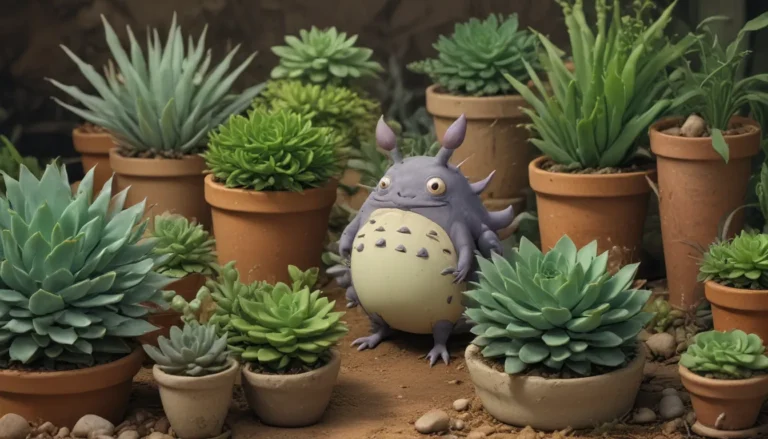Troubleshooting Guide: Why Your Pea Plants Fail to Produce Pods and How to Fix Them

Are you a pea lover stuck with plants that just won’t produce those tasty pods you’re craving? Well, fret not, because we’re here to help you troubleshoot this common issue!
When it comes to growing pea plants, the goal is to enjoy the edible pods, not just the lush greenery. But sometimes, despite your best efforts, your plants may fail to deliver. In this comprehensive guide, we’ll delve into the top reasons why peas fail to produce pods and provide you with actionable solutions to get your plants back on track.
Let’s dig in and uncover the mysteries behind your podless pea plants!
Possible Culprits Behind Podless Peas
- Heat: Peas dislike high temperatures, which can stunt their growth or even halt pod production.
- Lack of Nutrition: Malnourished plants may struggle to form pods, highlighting the importance of soil testing and proper fertilization.
- Pollination Issues: Pollination problems can hinder pod development, requiring attention to factors like temperature, humidity, and water availability.
- Too Much Nitrogen: Excessive nitrogen in the soil can lead to leafy growth at the expense of pod formation.
- Viruses: Viral infections such as Pea Enation Mosaic Virus can cause distorted pods and plant deformities, necessitating immediate action.
Unraveling the Mystery: Why Peas Aren’t Producing Pods
1. Heat
Peas thrive in cooler temperatures, so when the mercury rises above 65°F, their growth may slow or cease. To combat heat stress, consider shading the plants during the hottest part of the day and opting for spring or fall planting.
2. Lack of Nutrition
Nutrient deficiencies can manifest as poor flowering and stunted growth in pea plants. Conduct a soil test to identify any deficiencies and amend the soil accordingly to support healthy pod development.
3. Pollination Issues
Healthy plants with abundant foliage and flowers but no pods may be suffering from pollination problems. Factors like temperature, humidity, and water availability can impact self-pollination. Consider hand-pollination if natural pollinators are scarce.
4. Too Much Nitrogen
Peas are nitrogen-fixing plants, but excessive nitrogen can hinder pod formation. Test your soil before adding fertilizers to avoid nitrogen toxicity and promote balanced growth for optimal pod production.
5. Viruses
Virulent infections like Pea Enation Mosaic Virus can wreak havoc on pea plants, causing distorted pods and plant deformities. Prevention is key to safeguarding your plants, with measures like plant selection and pest control contributing to disease management.
Cultivating Healthy Pea Plants for Bountiful Pods
Gardening is a rewarding journey filled with challenges and triumphs. By understanding the factors that influence pod production in pea plants, you can take proactive steps to ensure a successful harvest. Remember, detective work and a bit of patience are key to resolving podless pea predicaments.
And if you’re still facing hurdles in your pea-growing endeavors, don’t hesitate to reach out for assistance. We’re here to support you on your gardening quest for plump, succulent pea pods!
Before you embark on your next pea-growing adventure, check out these insightful guides to enhance your gardening skills:
- Expert Tips for Growing Peas in Containers
- Unveiling the Wonders of ‘Dwarf Grey’ Snow Peas
- Explore the Best Shelling Pea Varieties for Your Garden
Now armed with knowledge and strategies to conquer your podless pea woes, it’s time to nurture your plants and reap a bountiful harvest. Happy gardening!
*





